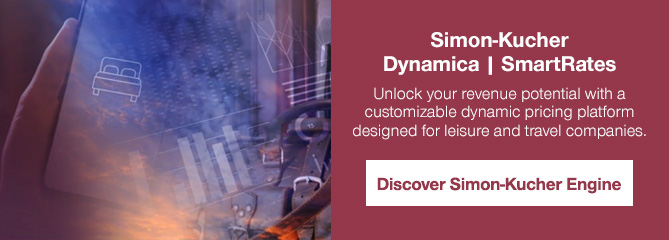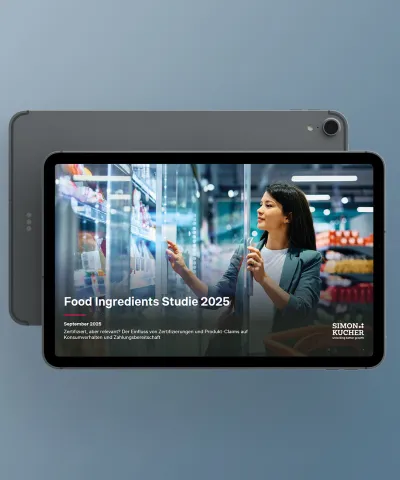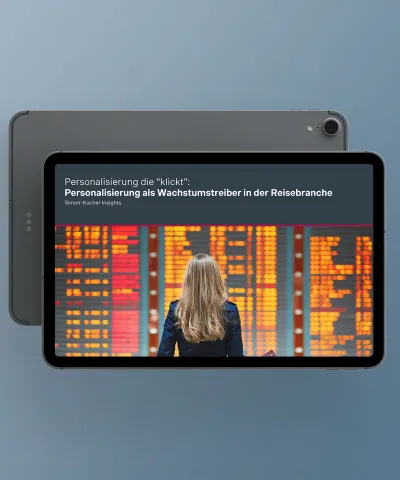Dynamic pricing is one of the most exciting topics in the pricing world right now. With digitalization providing many great business opportunities, companies are becoming more responsive with their pricing. But despite its technological underpinnings, dynamic pricing requires strong human oversight directed by a clear strategy.
Dynamic pricing is certainly not new. It was pioneered by airlines in the ‘70s and is now widely used by hotels, airlines, car rentals, and tour operators. Today, there are more and more non-travel players moving toward dynamic pricing. For example, entertainment providers, online retailers, and businesses within the automotive industry are implementing this model
And it is not only being used in online environments. Traditional brick-and-mortar companies are also changing how they monetize, finding new ways to tap into customers’ willingness to pay.
Related insights: The 5 pricing models companies need to consider when innovating
Dynamic pricing using digital and data
This shift has been largely enabled by digitalization; data is becoming more richly available. Processing power is increasing and new technologies like electronic price tags are emerging. That makes it much easier for companies to adjust prices quickly and effectively.
Dynamic pricing can be located within a broader move toward customization and personalization with the emergence of data. Companies now have the power to learn more about their customers and segment them by price sensitivity. We link this insight with key market variables, such as supply and demand, timing, and perishability.
The potential of dynamic pricing is huge. Companies have newfound ways to maximize monetization, reduce waste and balance supply and demand. A dynamic price model allows businesses to respond more nimbly to market trends.
However, dynamic pricing is not embraced by all consumer groups nor is it appropriate to every situation. Dynamic pricing, when used devoid of human oversight and a clear strategy, can at worst destroy reputation and erode consumer trust. Others will only choose to accept it hesitantly. We’ve seen many cases where dynamic pricing has worked and where it’s gone very wrong.
What are the dos and don'ts of dynamic pricing
- Be dynamic when the inventory is perishable or there’s a clear capacity constraint.
You should consider dynamic pricing when there’s perishable fixed inventory or capacity constraint and a varied willingness to pay among your customers. Just think of the airline industry. There is a fixed capacity in terms of seats available on a flight as well as varying willingness to pay. Typically, early bookers are price sensitive, whereas late bookers are business customers with higher willingness to pay.
Consequently, airlines traditionally offer cheaper prices for earlier bookings that tend to increase as you book closer to departure. At the same time, given the capacity constraint for very popular flights and dates, the airline can monetize excess demand. They can increase prices, which is why peak travel dates tend to have higher prices than off-peak ones.
- Be dynamic when you can use it to balance supply and demand.
Dynamic pricing can be used effectively to balance supply and demand in two-sided marketplaces. The classic example is Uber’s dynamic pricing model. It encourages supply in supply-scarce situations through higher prices. At the same time, it reduces demand to maintain acceptable waiting times for the customers willing to pay a premium.
Through dynamic pricing, the marketplace can balance supply and demand and avoid long wait times. As a result, the customers and drivers are happy as they get paid more per trip. Uber is happy as it generates more revenue. .
- Be dynamic when your price is fluid, you’re elastic and it’s cost-efficient.
Who would have thought 10 years ago that supermarkets would move to dynamic pricing? Now it is possible with the use of digital price tags. And it works because so many of their products have an expiry date. They also have perishable inventory and thus a supply constraint.
In other words, while increased sales increase revenue, there is also a cost benefit because supermarkets can now reduce waste. Firms can affect 90,000 price changes a day. Using dynamic pricing, German supermarkets have achieved a 2.5% revenue increase and 30% drop in waste.
- Use dynamic pricing when there’s seasonal demand.
In these cases, it’s not about a supply constraint, a perishable element, or a need to match supply and demand. But customers still need the product urgently. Online retail giant Amazon implemented a dynamic pricing model on various products that exhibit seasonality in demand.
One example is Pumpkin Pie Spice, an American product which is very popular during Thanksgiving and Christmas. Usually, you can buy it on Amazon for $4.49. But before Christmas, it has been listed for as high as $8.49. This is purely driven by demand during the holiday period, impacting customers’ willingness to pay.
Due to customer urgency and infrequency of buying a product, there’s limited price recollection. Eventually, customers are less price-elastic – they’ll accept the higher price more willingly. A dynamic pricing model can allow for effective monetization of seasonal demand and urgency when price sensitivity drops.
- Don’t be dynamic if it doesn’t align with your strategy.
Just because your competitors implement dynamic pricing doesn’t mean you have to follow suit. Take Uber competitor Addison Lee as an example. They decided to focus on the service quality instead of using dynamic pricing as a strategic decision. Each ride they offer guarantees the same price, same type of car, mobile charger, etc. Their choice not to use dynamic pricing has become their unique selling proposition. And it was beneficial– their revenue increased by 31%.
- Don’t use dynamic pricing when there’s no seasonality or urgency but there’s full comparability.
The dynamic pricing model should never be taken too far. Even a market leader like Amazon can get it wrong. Prices on online retailers can be fully compared using best-price tracker websites. Unlike flights, products sold online can usually be found elsewhere in the same format, and there is usually no supply constraint. If they don’t like the price, customers can just buy the product at another retailer. If they believe the price will drop, they can also buy it later.
Savvy shoppers have learned to look out for bargains and are quite happy to shop around online. So, dynamic pricing can shift consumer demand from when they wanted to purchase an item to when they expect a lower price. This is clearly revenue sub-optimal for online retailers.
- Don’t over rely on algorithms and neglect the human element.
While dynamic pricing can be greatly assisted by data and algorithms, these should also have a clear strategy. Amazon made headlines when they listed a book on the platform for several million dollars. However, that was not a best-seller. In this case, two booksellers were listing the same book and were tracking each other. So, as one raised their price, the other soon followed without anyone checking, until the price reached $23.7 million.
This case emphasizes how important it is to track dynamic prices and apply checks. It is to ensure prices remain reasonable, in line with broader company and pricing goals. Forgetting the human element in dynamic pricing is a guarantee for failure.
- Don’t use dynamic pricing in situations that can be deemed insensitive or as profiteering.
Unfettered dynamic prices can create bad publicity. When Whitney Houston passed away, the price of her album increased from $4.99 to $7.99 on Apple’s iTunes Store. This was only hours after her death, bringing Sony Music under fire. The 60% increase was driven purely by algorithms sensing higher demand for her music. While price increases due to increased demand are coherent, customers may perceive them as pure profiteering, especially in delicate situations. Customer trust is an important factor in the success of any business, so make sure that you clearly state the prices.
Walking before running
These lessons underline how important it is to know your customers, your market and the variables pertaining to your business. Understanding product perishability, supply and demand changes, price elasticity, and constraints will help you make the right decision.
With more digital solutions entering the market, companies are looking for creative ways to monetize their business. Even having powerful data and algorithms now at their disposal, the human element should never be forgotten. In fact, dynamic pricing, while reliant on technology, also requires fundamental business process changes to succeed. This makes human input ever more important.
Dynamic pricing must be led by a step-by-step approach, embedded within broader company and pricing goals. In addition, this model needs to be built upon a thorough understanding of your product and market.









